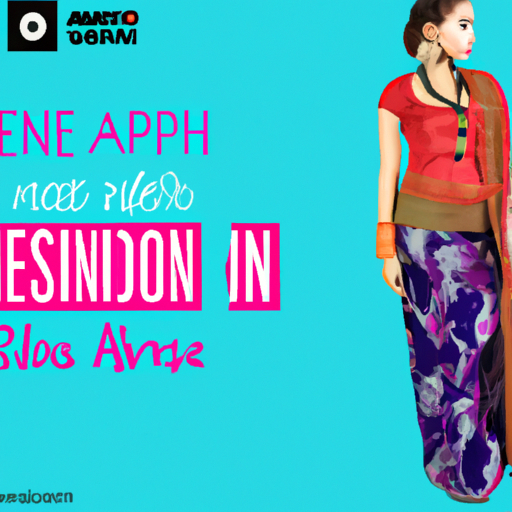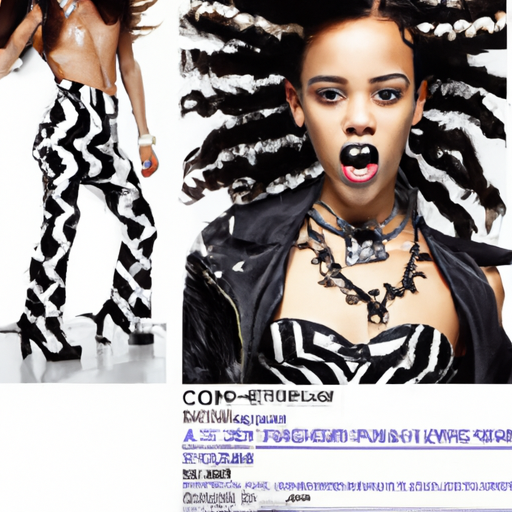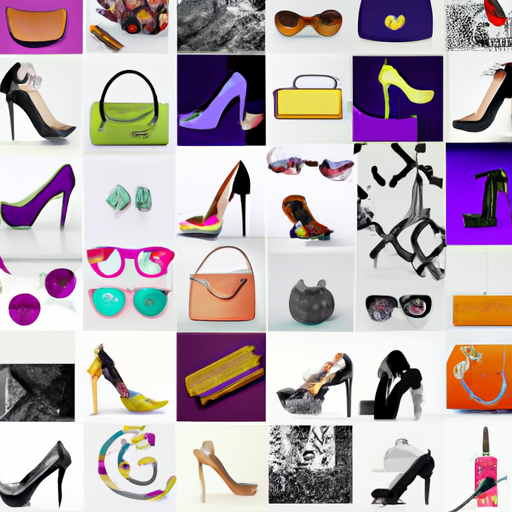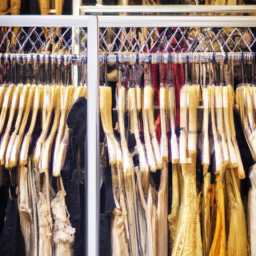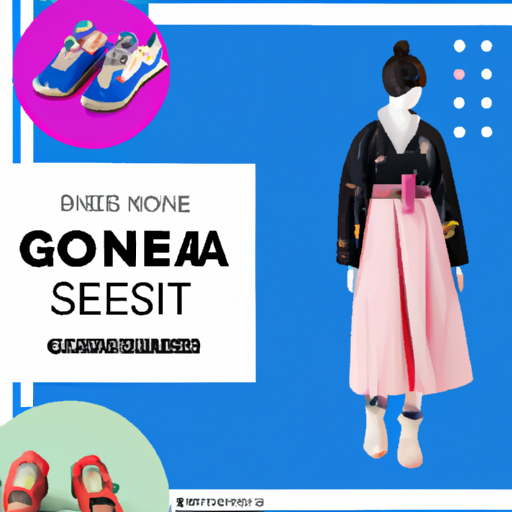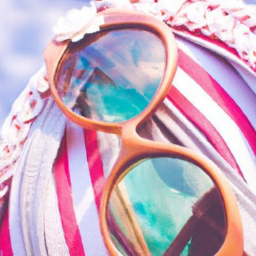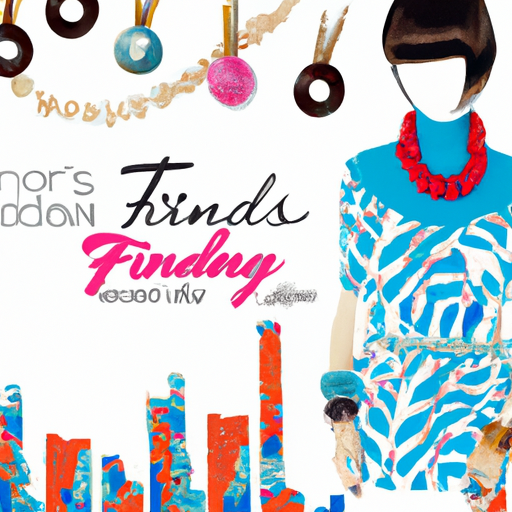Asian Fashion Trends
If you’re looking to update your wardrobe with some fresh and unique styles, look no further than the ever-evolving world of Asian fashion trends. From vibrant streetwear to elegant traditional garments, Asian fashion has it all. Get ready to embrace bold colors, intricate patterns, and innovative designs that will make a statement wherever you go. Whether you’re a fashion enthusiast or simply looking to explore new styles, this article will guide you through the latest Asian fashion trends that are taking the fashion world by storm. Get ready to be inspired and step up your fashion game with these exciting and diverse trends.
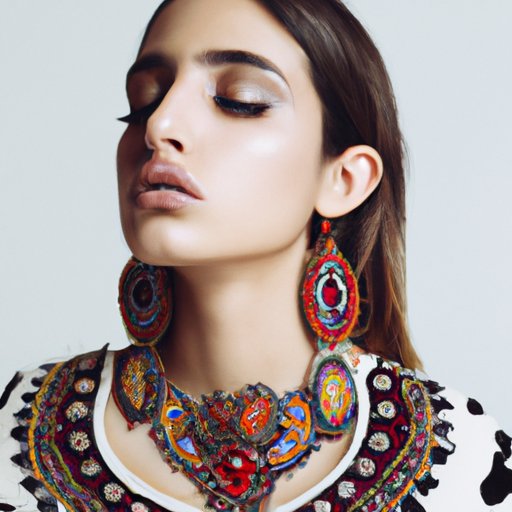
Table of Contents
Traditional Asian Fashion
Traditional Asian fashion is deeply rooted in history and culture, captivating fashion enthusiasts around the world with its intricate designs and timeless appeal. With influences from various dynasties and empires, traditional Asian fashion reflects the rich heritage of countries such as China, Japan, India, and Vietnam.
Historical Influences
The historical influences on traditional Asian fashion are diverse and fascinating. For instance, the Chinese Han Dynasty greatly influenced the style and design of traditional garments. The elegant and intricate embroidery, as well as the use of vibrant colors, can be traced back to this era. Similarly, the kimono in Japan, with its distinct silhouette and symbolic patterns, reflects the influence of the Heian period.
Traditional Garments
When we think of traditional Asian fashion, iconic garments immediately come to mind. The hanbok, a traditional Korean dress, represents the beauty and grace of Korean culture. With its voluminous skirt and vibrant colors, the hanbok is often worn on special occasions and celebrations. In Japan, the kimono takes center stage, renowned for its flowing sleeves and intricate Obi belt. India’s traditional garment, the sari, is a timeless piece of clothing that can be draped in various styles to suit different occasions.
Popular Traditional Asian Fabrics
Traditional Asian fashion is known for its exquisite fabrics. Silk, often referred to as the queen of fabrics, is a popular choice for traditional garments due to its luxurious texture and lustrous sheen. Brocade, an intricately woven fabric decorated with metallic threads, is also widely used in traditional Asian fashion. Additionally, cotton, especially handwoven cotton, plays a significant role in creating comfortable and breathable garments.
Contemporary Asian Fashion
While traditional Asian fashion continues to hold its allure, contemporary Asian fashion has emerged as an exciting and dynamic industry, shaping global fashion trends. From the rise of K-Fashion in South Korea to the bold and quirky J-Fashion in Japan, and the elegant and versatile C-Fashion in China, Asia has become a hotbed of creativity and innovation.
Rise of K-Fashion
Korean fashion, often referred to as K-Fashion, has gained immense popularity worldwide, thanks to the influence of K-Pop idols and K-Drama stars. Known for its effortless and youthful aesthetic, K-Fashion combines streetwear elements with trendy designs. Oversized hoodies, wide-legged pants, and statement accessories are common staples in the K-Fashion scene. Brands like Lyst, Stylenanda, and Ader Error have become go-to destinations for K-Fashion enthusiasts.
J-Fashion: Bold and Quirky
Japan’s fashion scene is renowned for its audacious and unconventional approach. J-Fashion encompasses a wide range of styles, from the colorful Lolita fashion with its doll-like dresses and petticoats to the edgy and androgynous Harajuku style. Japanese fashion designers like Yohji Yamamoto and Rei Kawakubo have made significant contributions to the global fashion industry, pushing boundaries and experimenting with avant-garde designs.
C-Fashion: Elegant and Versatile
China’s fashion industry has rapidly evolved in recent years, offering a blend of traditional and contemporary elements. C-Fashion emphasizes elegance, versatility, and attention to detail. From exquisite silk dresses with modern cuts to chic and tailored suits, C-Fashion caters to a discerning clientele. Brands like Shanghai Tang and NE Tiger showcase the beauty of Chinese fashion, combining traditional craftsmanship with contemporary aesthetics.
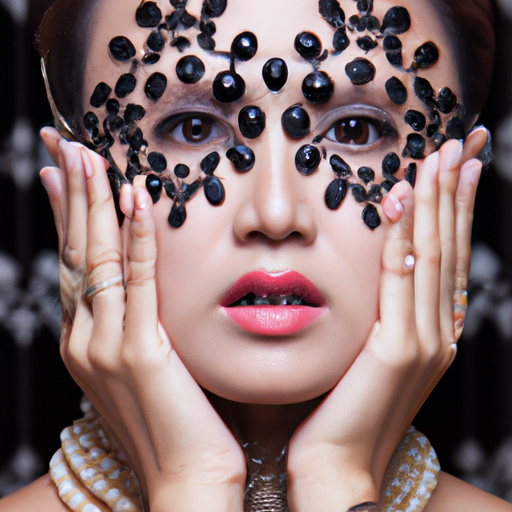
Popular Asian Fashion Accessories
To complete any Asian-inspired outfit, a range of traditional accessories can be incorporated. These accessories not only add a touch of authenticity but also enhance the overall appeal and cultural significance of the ensemble.
Hanbok
In Korean culture, the hanbok is often worn with traditional accessories such as the jokduri (a decorative headgear worn by women) and the norigae (a tassel-like accessory hung from the jeogori, the upper garment of the hanbok). These accessories accentuate the elegance and regal nature of the hanbok, making it a perfect choice for special occasions.
Kimonos
In Japan, kimono enthusiasts can elevate their outfits with accessories like the obi (a wide belt that wraps around the waist), the geta (traditional wooden sandals), and the kanzashi (ornamental hairpins). These accessories not only complement the kimono but also showcase the wearer’s attention to detail and appreciation for Japanese culture.
Cheongsams
In Chinese culture, the cheongsam, a form-fitting dress with a high collar, can be accessorized with items such as the qipao (a decorative ornamental button), the hairpin, and the embroidered handbag. These accessories enhance the elegance and charm of the cheongsam, creating a captivating ensemble.
Saris
In India, the sari is often paired with accessories like the bindi (a decorative dot worn on the forehead), the choker necklace, and the bangles. These accessories not only enhance the beauty of the sari but also reflect the cultural traditions and customs of the wearer.
Ao Dai
Vietnam’s traditional garment, the ao dai, can be complemented with accessories such as the non la (a conical hat), the lotus-inspired brooch, and the silk scarf. These accessories add a touch of sophistication and showcase the wearer’s pride in Vietnamese culture.
Korean Beauty Influence
Asian beauty trends, particularly Korean beauty, have taken the world by storm in recent years. Known for their flawless skin and natural makeup looks, Korean beauty routines have become a global phenomenon. Here are some of the key beauty trends that originated in Korea and have made a significant impact on the industry.
Glass Skin
One of the most sought-after trends in Korean beauty is achieving “glass skin.” This refers to a complexion that is flawless, dewy, and radiant, resembling the smoothness and transparency of glass. To achieve this look, a multi-step skincare routine is followed, involving cleansing, toning, moisturizing, and applying hydrating essences and serums.
Natural Makeup
Korean beauty heavily emphasizes natural-looking makeup. Known as “no-makeup makeup,” this style focuses on creating a fresh-faced appearance by using lightweight foundations, subtle blush, neutral eyeshadows, and tinted lip balms. The goal is to enhance one’s natural features rather than masking them with heavy makeup.
Gradient Lips
Another popular Korean beauty trend is the gradient lip, also known as the “just-bitten” look. This involves applying a sheer or lightweight lip color to the center of the lips and gradually blending it outwards. The result is a soft and subtle gradient effect, creating a youthful and plump appearance.
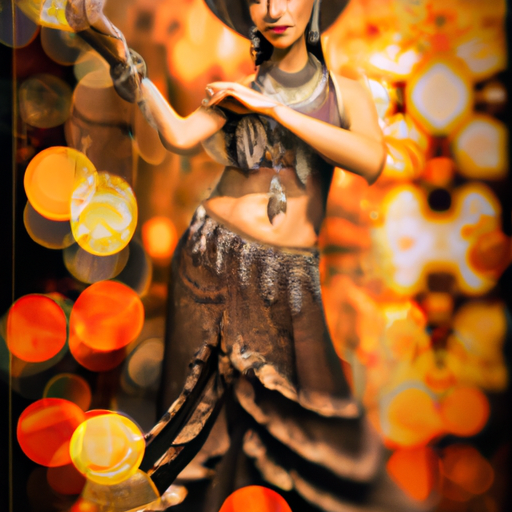
Influence of Street Fashion
Asian street fashion has become a global phenomenon, with unique and diverse styles emerging from cities like Tokyo, Seoul, and Shanghai. These street fashion trends have not only influenced local fashion scenes but have also gained international recognition.
Harajuku Style
Harajuku, a neighborhood in Tokyo, is renowned for its eccentric and imaginative style. Harajuku fashion is characterized by vibrant colors, bold patterns, and a mix of different subcultures. Streetwear, Lolita fashion, and punk elements come together to create a visually striking and individualistic aesthetic.
Seoul Street Style
Seoul street style is a melting pot of different influences, combining elements from K-Fashion, Western fashion, and streetwear. It is characterized by its edgy and urban vibe, with a focus on oversized silhouettes, statement accessories, and a mix of high-end and affordable pieces. Seoul Fashion Week has become an important platform for emerging designers to showcase their creativity and contribute to the global fashion industry.
Shanghai Street Chic
Shanghai’s street fashion scene is known for its sophisticated and polished aesthetic. Embracing a mix of traditional Chinese elements with modern silhouettes, Shanghai street chic exudes elegance and femininity. Structured tailoring, luxurious fabrics, and attention to detail are key elements of this style.
Color Trends in Asian Fashion
Colors play a significant role in Asian fashion, with certain shades and combinations representing different meanings and cultural symbols. Here are some popular color trends that often dominate the Asian fashion scene.
Red and Gold
Red and gold are considered auspicious colors in many Asian cultures, symbolizing luck, prosperity, and joy. These colors are often incorporated into traditional garments and accessories, particularly during festive occasions such as Lunar New Year and weddings. The combination of red and gold creates a striking and regal look, exuding elegance and grandeur.
Pastel Palette
Pastel colors are beloved in Asian fashion for their soft and feminine appeal. From delicate pinks and soothing lilacs to mint greens and baby blues, pastel shades create a whimsical and dreamy aesthetic. Pastels are often used in both traditional and contemporary Asian fashion, adding a touch of charm and serenity to any outfit.
Monochrome Madness
Monochrome outfits have become a staple in Asian fashion, with black and white ensembles being particularly popular. This minimalistic approach to dressing allows the focus to be on clean lines, architectural silhouettes, and attention to detail. Monochrome outfits exude sophistication, versatility, and timeless elegance.
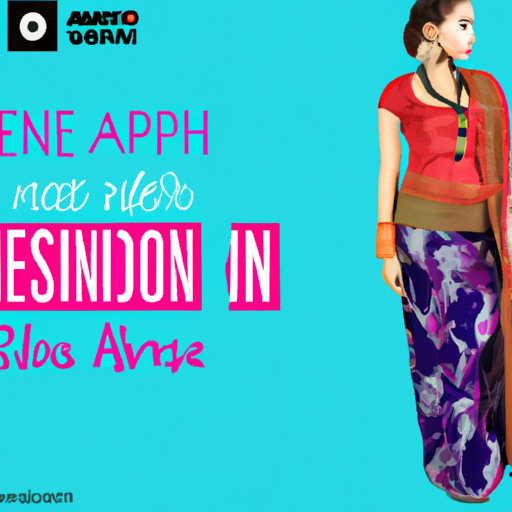
Mix and Match
Asian fashion seamlessly blends the traditional with the contemporary, creating unique and captivating ensembles. Mixing traditional elements with modern designs is a popular trend that showcases individuality and cultural appreciation.
Traditional Meets Contemporary
Incorporating traditional garments or accessories into contemporary outfits is a creative way to infuse cultural heritage into everyday fashion. Pairing a modern blouse with a cheongsam-inspired skirt or wearing a statement hanbok top with jeans creates a visually striking look that celebrates both tradition and modernity.
East Meets West
Mixing elements from different cultures is another way to create a fusion of styles. Combining traditional Asian garments with Western-inspired pieces or incorporating Asian-inspired accessories into Western outfits adds an intriguing twist to fashion. This cross-cultural approach allows for endless possibilities and personal expression.
Gender-Neutral Fashion
Gender-neutral fashion is a growing movement in the fashion industry, challenging traditional gender norms and embracing inclusivity. Asian fashion has played a significant role in promoting androgynous styles and unisex clothing, blurring the lines between masculine and feminine aesthetics.
Androgynous Styles
Androgynous fashion embraces a fluid and gender-neutral approach to dressing. This style often incorporates oversized silhouettes, tailored suits, and minimalistic designs. Asian fashion designers like Kim Seo Ryong and Yamamoto Kansai have been at the forefront of this movement, creating unisex collections that defy gender expectations.
Unisex Clothing
Unisex clothing has gained popularity in Asian fashion, with brands like NONAGON and LIE offering gender-neutral collections. Oversized hoodies, relaxed-fit pants, and boxy t-shirts are common staples in unisex fashion. By designing clothing that can be worn by anyone, regardless of gender, Asian fashion is promoting inclusivity and diversity.
Influence of K-Pop and J-Pop
K-Pop and J-Pop music have not only taken the world by storm but have also had a significant impact on fashion trends. The fashion choices of K-Pop and J-Pop idols, as well as their stage outfits and merchandise, have influenced the style preferences of fans worldwide.
Idol Fashion
K-Pop and J-Pop idols are renowned for their bold and fashionable attire. From flashy streetwear and vibrant hairstyles to avant-garde outfits and glamorous stage costumes, idol fashion pushes boundaries and sets trends. Fans often look to their favorite idols for fashion inspiration, emulating their style and incorporating K-Pop and J-Pop elements into their own wardrobes.
Stage Outfits
Stage outfits play a crucial role in the performances of K-Pop and J-Pop idols. These outfits are designed to make a statement, with bold colors, intricate details, and eye-catching accessories. Stage outfits often reflect the concept of the music video or the overall theme of the performance, adding visual flair and enhancing the overall experience for fans.
Fandom Merchandise
K-Pop and J-Pop fandoms go beyond music, with a strong focus on merchandise. Fans eagerly collect official merchandise, including clothing items, accessories, and beauty products endorsed by their favorite idols. This merchandise serves as a way for fans to show their support and express their love for their idols, all while incorporating elements of Asian fashion into their everyday lives.
Sustainable and Ethical Fashion
As the fashion industry becomes more conscious of its environmental and social impact, sustainable and ethical fashion practices are gaining traction in Asia. From incorporating traditional techniques to using eco-friendly fabrics and supporting fair trade practices, Asian fashion is moving towards a more responsible and mindful approach.
Incorporating Traditional Techniques
Many Asian fashion designers are reviving traditional craftsmanship techniques in their collections, celebrating the artistry and skills passed down through generations. Hand-embroidery, hand-weaving, and natural dyeing are just a few examples of traditional techniques being incorporated into modern designs. By preserving these techniques, Asian fashion contributes to the preservation of cultural heritage and promotes sustainable practices.
Eco-friendly Fabrics
Asian fashion is increasingly using eco-friendly fabrics, such as organic cotton, bamboo, and recycled materials. These fabrics are not only better for the environment but also provide a healthier and more sustainable alternative to conventional textiles. Asian fashion brands like Taikka and Alpaca Plush are paving the way for eco-conscious fashion, inspiring others to follow suit.
Fair Trade Practices
Fair trade practices are gaining momentum in Asia, ensuring that workers receive fair wages and safe working conditions. By supporting fair trade fashion brands, consumers can contribute to ethical and sustainable fashion practices. Asian fashion brands like People Tree and Outlanders prioritize fair trade principles, empowering artisans and supporting local communities.
In conclusion, traditional Asian fashion continues to mesmerize with its historical influences, traditional garments, and popular fabrics. Meanwhile, contemporary Asian fashion blends traditional and modern elements, with K-Fashion, J-Fashion, and C-Fashion making waves globally. Popular Asian fashion accessories, such as the hanbok, kimono, and cheongsam, add cultural flair to outfits. Korean beauty trends, street fashion influences, and color trends play significant roles in setting Asian fashion trends, while various fashion movements promote gender-neutral fashion and sustainability. The influence of K-Pop and J-Pop idols on fashion choices and merchandise showcases the power of Asian music in shaping trends. Ultimately, Asian fashion, with its rich heritage and constant evolution, continues to captivate the fashion world while embracing inclusivity and sustainability.
